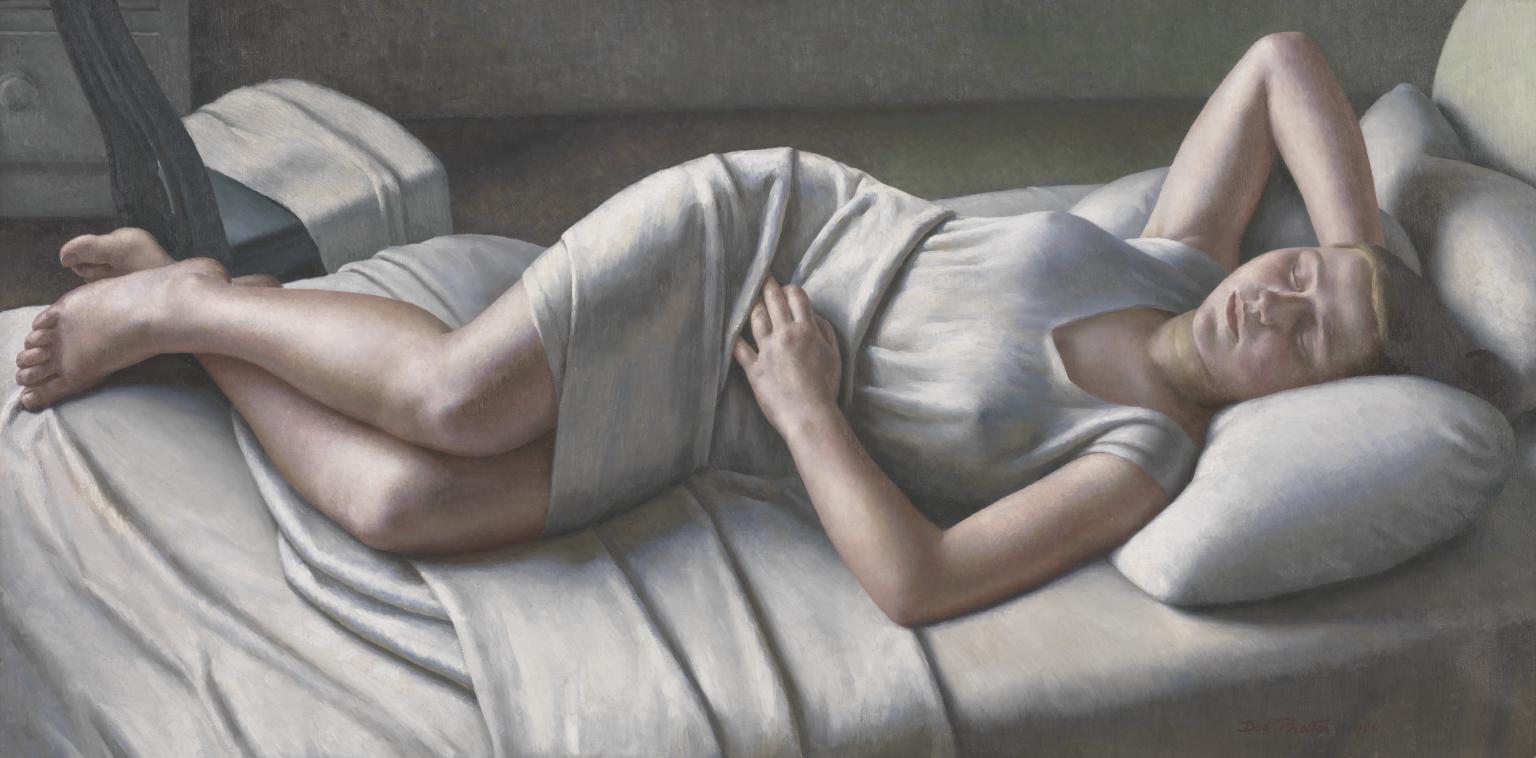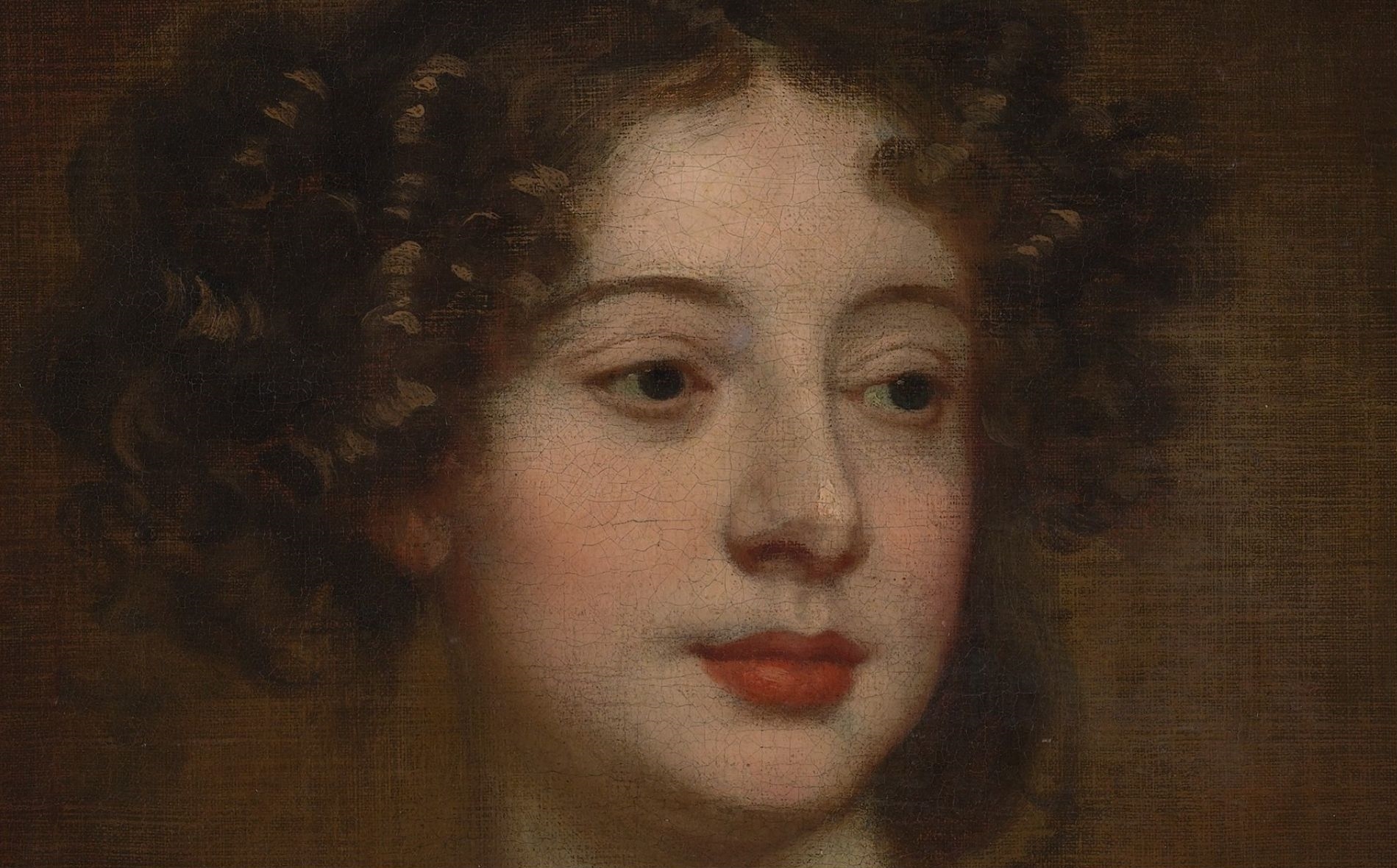Nel 1907 espose per la prima volta al Salon des Indépendants.
Nello stesso anno Picasso le fece conoscere Guillaume Apollinaire.
Da questo incontro nacque un legame passionale e tumultuoso che durò fino al 1912.
Nel 1914 sposò il barone Otto von Wätjen. La coppia si spostò in Spagna dopo la dichiarazione di guerra, prima a Madrid e poi a Barcellona.














